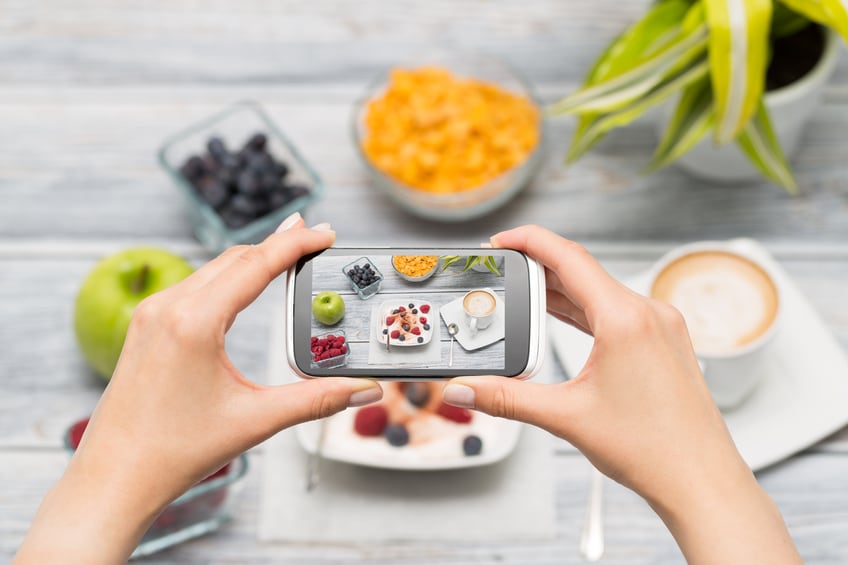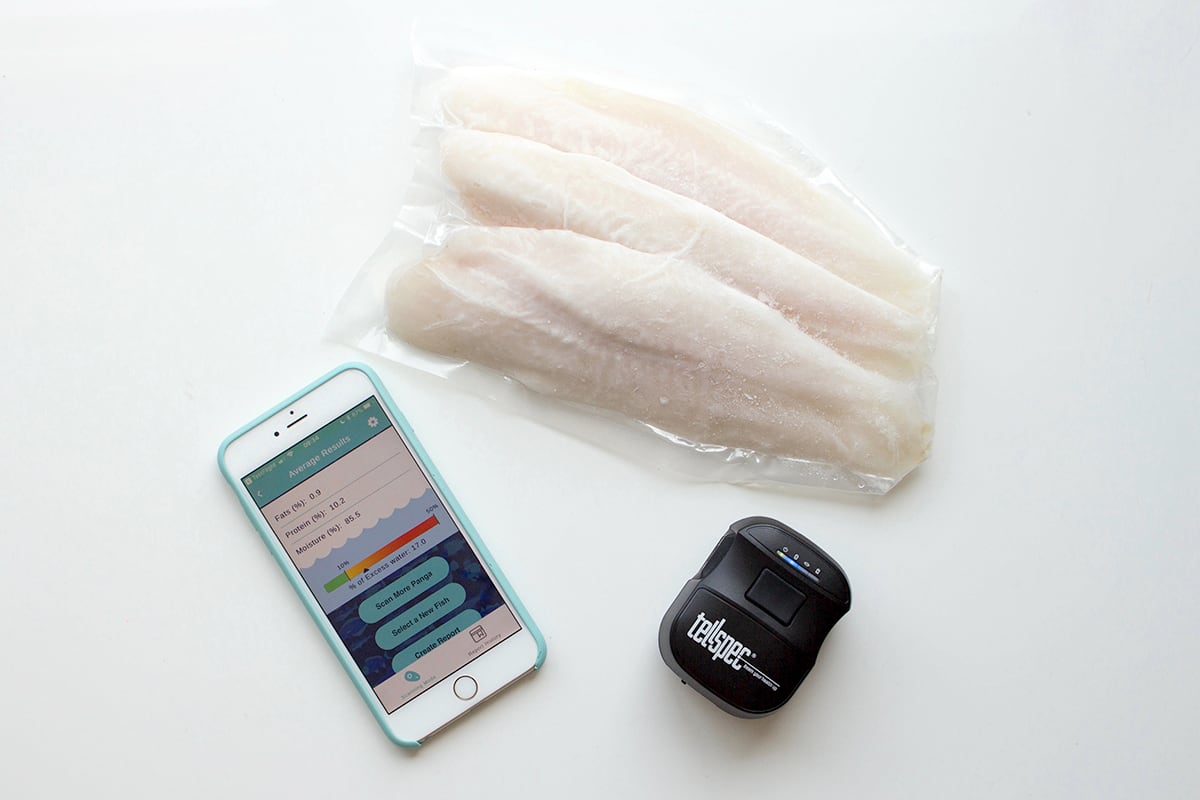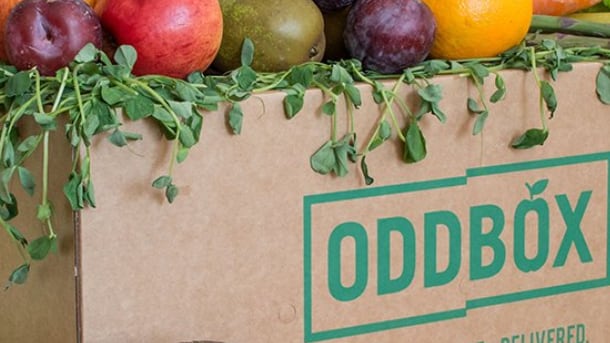Food tech start up Kabaq is an augmented reality application that enables food makers to present products in 3D and provide visualisation of dishes using advanced scanning technologies.
The start-up company has attracted the attention of big brands and over the summer it worked with the likes of Grubhub, Dunkin' Donuts, Subway, Domino's and Magnolia Bakery to develop AR campaigns.
Kabaq has works with partners to create augmented reality Snapchat ads and activations.
Kabaq has also worked alongside food makers to create more longstanding partnerships with companies, such as a collaboration with Magnolia Bakery that brings their catering menu to life. Elsewhere, Kabaq developed an activation for US “clean comfort” burger chain Bareburger to bring all in-store menu items “to life on tablets”.
“Food and technology is connected to dining experience more than ever and it is growing every day,” founder Guler told FoodNavigator. “On the immersive end of the technology, we are bringing virtual food on your table to help you decide what to eat next. As humans we are visual creatures and this is the closest form to actually seeing food on your table.”
While Kabaq has initially focused on the food service and restaurant sector, the company also has its sights on the grocery aisle. “We will soon launch projects with food products sold in supermarkets. There are all sorts of opportunities: presenting food using augmented reality, and using the AR food space to tell stories about how the product is sourced or show ingredients and recipes.”
Once upon a time…
Consumers are more interested in how their food is produced and sourced than ever before. According to Guler, AR is an excellent tool for food makers to tell stories about their products in fun, innovative ways.
“From how we grow, source and [buy] food, technology is improving our experience,” the food tech entrepreneur believes.
“We are leveraging augmented reality to offer new ways of presenting food to clients. Our main goal is to help customers to decide what to eat. While doing that, we are helping restaurants [and potentially other food makers] push premium items and tell stories about their food.”
‘Food is an aesthetic’
Kabaq was founded in a world where social media is contributing to changing consumption patterns and the need for food to be ‘Instagram-able’ is front of mind for many NPD specialists.
Guler said he recognised the shift that this represents for the food industry – and the opportunity for companies to meet this need in new and innovative ways.
“This era of Instagram, Facebook and Snapchat has changed what we eat... Today, food isn't just taste, but equally important is the aesthetic. Now social platforms and smart phone manufacturers who have created this shift are investing and pushing heavily in immersive technologies like augmented and virtual reality. These two emerging news led the way to bring Kabaq into life."
Technological advances, such as the introduction of Apple's ARKit, are likely to speed the adoption of AR across various industries, Guler believes. Kabaq also recently launched an AR programme that will allow people to access AR capabilities directly in the Facebook Messenger app.
The spark to found the business came when Guler was eating at a restaurant with friends. He recounted: “My partner and I were working on an augmented reality technology to create a platform for architects. The idea for Kabaq was formed when we were having a dinner at a Turkish restaurant with friends.
"I was trying to explain how each dish looks and what they taste like when my partner came up with the idea about the using similar technology we had been working on for architecture, and create an AR platform for food items.”
Moving consumers up the value scale is an important aspect of what AR can achieve, Guler suggested. “Early academic researches and our experiences suggest that AR menus are encouraging customers to choose higher value items, helping restaurants increase check averages.”




